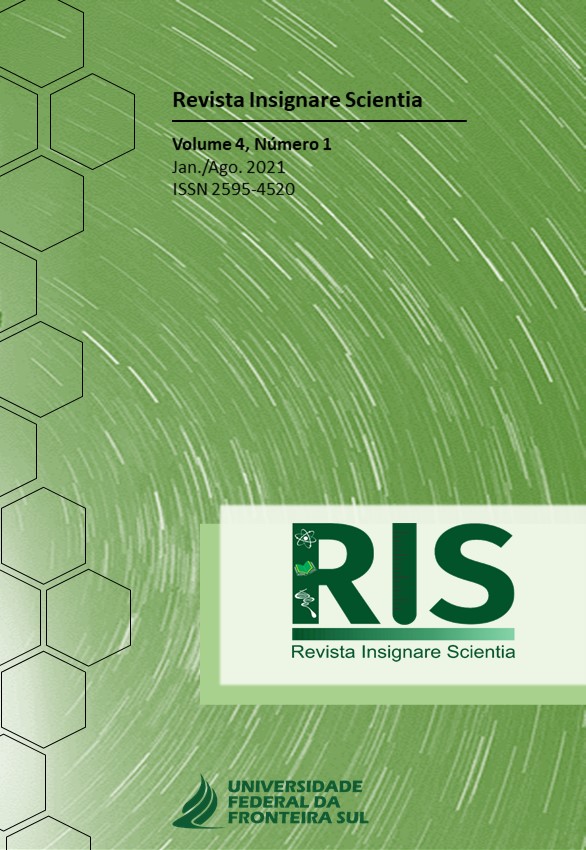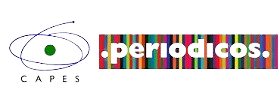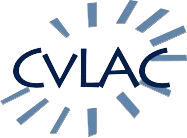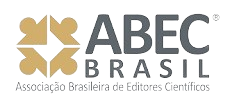Strength of Materials Teaching from Active Learning
DOI:
https://doi.org/10.36661/2595-4520.2021v4i1.11500Palavras-chave:
Active Learning; Engineering Education; Strength of Materials; Hands-on experiments.Resumo
This paper presents the results of research conducted in the area of engineering education based on active learning from a hands-on experiment determining the Young’s modulus of rubber bands. This research primarily aims to evaluate the extent to which active learning contributes to a better understanding of the Young’s modulus. The theoretical framework emphasises the need for student action in knowledge-building. A hypothesis test for proportions was used to compare the average scores obtained by students from two groups on a test given at the end of each pedagogical intervention. The first group (control group) took traditional lecture-based classes, and the second group took classes combined with a hands-on experiment using rubber bands. The results showed a significant improvement in the students who conducted the practical experiment for questions of a conceptual nature and a statistical difference between the performance for the conceptual questions and calculation questions in both groups.
Downloads
Referências
AUSUBEL, D. P.; The Psychology of Meaningful Verbal Learning. New York, Grune and Stratton, 1963.
BEER, F. P., JOHNSTON, E. R.; Mechanics of Materials. New York, Mc Graw Hill 2006.
BRIEDE, B. (2013) A constructivist approach in engineering education, in: Proceedings of the 12th International Scientific Conference Engineering for rural development, pp. 584– 589. (Jelgava, Latvia)
CABRAL, T. C. B.; Metodologias alternativas e suas vicissitudes: Ensino de matemática para engenharias. Perspectivas da Educação Matemática, v. 8, n.17, p. 208- 245, 2015.
CALLEGARI-JACQUES, S. M.; Bioestatística: Princípios e Aplicações. Porto Alegre, Artmed, 2003.
CAMPBELL, D. T., STANLEY, J. C.; Experimental and Quasi-Experimental Designs for Research. Ravenio Books, 2015.
GADOTTI, M. História das Ideias Pedagógicas. São Paulo: Editora Ática, 2003.
GOULART, I. B.; Piaget: Experiências Básicas para Utilização Pelo Professor. Petrópolis: Editora Vozes, 1996.
HAKE, R.; Interactive-engagement versus traditional methods: a six-thousand-student survey of mechanics test data for introductory physics courses, American Journal of Physics, v. 66, n. 1, pp. 64-74, 1998
HUAIZHONG, L. I., ÖCHSNER, A., HALL, W.; Application of experiential learning to improve student engagement and experience in a mechanical engineering course, European Journal of Engineering Education, v. 44, n. 3, p. 283-293, 2019. DOI:10.1080/03043797.2017.1402864
KUHN, T. The Structure of Scientific Revolutions (3rd ed.) (Chicago: University of Chicago, 1996.
LAWS, P.; SOKOLOFF, D.; THORNTON, R. Promoting active learning using the results of physics education research, UniServe Science News, v. 13, 1999.
MCCRUM, D. P. Evaluation of creative problem-solving abilities in undergraduate structural engineers through interdisciplinary problem-based learning, European Journal of Engineering Education, v. 42, n. 6, p. 684-700, 2017. DOI: 10.1080/03043797.2016.1216089
MORENO, L.; GONZÁLEZ, C.; CASTILLA, I.; GONZÁLEZ, E.; SIGUT, J. Applying a constructivist and collaborative methodological approach in engineering education, Computers & Education, v. 49, n. 3, p. 891–915, 2007. DOI: 10.1016/j.compedu.2005.12.004.
PIAGET, J. Genetic Epistemology by Jean Piaget. New York: W. W. Norton, 1981.
PRINCE, M. (2004) Does active learning work? A review of the research, Journal of Engineering Education, 93 (3), pp. 223–231.
REDISH, F. E., SAUL, J. M., STEINBERG, R. N. On the effectiveness of active-engagement microcomputer-based laboratories, American Journal of Physics, v. 65, n. , p.45, 1997.
RIFKIN, J. Zero Marginal Cost Society. The Internet of Things, the Collaborative Commons, and the Eclipse of Capitalism. New York: Palgrave Macmillan, 2014. ISBN 978-1-137-27846-3
ROJTER, J. PBL and Constructivism in Engineering Education, in: Proceedings of the 37th SEFI Conference 2009: Attracting Young People to Engineering: Engineering is fun? Rotterdam: European University Association, 2009.
SISTEMAS ESTRUTURAIS NA ARQUITETURA. Available in: <http://estruturasarquitetonicas.blogspot.com/2012/03/tomo-i-capitulo-vii-deformacao.html>. Accessed on 4 April 2020.
SUÁREZ SILVA, J.; FORTES BRAIDANTE, M. Aprendizagem significativa: concepções na formação inicial de professores de Ciências. Revista Insignare Scientia - RIS, v. 1, n. 1, 18 jun. 2018.
SUROVEK, A.; RASSATI, G. Is structural engineering education creating barriers to innovation and creativity? in: Proceedings of the 6th Structural Engineers World Congress. Cancun: UNA, 2017.
TUOHI, R.; ROSLÖF, J. A problem based learning process integrated in IT engineering education. Proceedings of the International Conference on Engineering Education (ICEE 2006), San Juan, Puerto Rico, USA, 2006.
VIIRI, J. Teaching the force concept: A constructivist teaching experiment in engineering education. European Journal of Engineering Education, v. 21, n. 1, p. 55- 63, 1996. DOI: 10.1080/03043799608923388






















